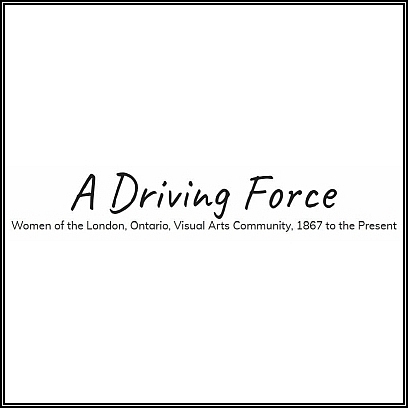Clémence van den Broeck was born into an artistic family – her father, Pierre van den Broeck, was a well-known sculptor and the Inspector and Commissioner General of the Fine Arts in the Belgian government. Her love and talent for art from an early age and the connection to the arts community through her family led her to be able to study under the Flemish master painter Adolph Dellens (she was the only pupil he ever took on) and Edmond de Schampheleer. She was especially known for her still-lifes, genre paintings, portraiture, and her skillful rendering of interior spaces.
When van den Broeck was around 20 years old her father passed away, and she decided to move to Paris, where she would stay for 12 years. During this time, her work was exhibited at the Paris Salon, as well as universal exhibitions in Paris, Lyons, Brussels, Antwerp, Philadelphia, and London, England. She was a well-established artist, and did a fair amount of travelling, painting wherever she went.
In 1891 van den Broeck moved to Canada, where she spent time sketching and painting imagery from her new Canadian surroundings. She took up residence in London, Ontario, opening a studio on Princess Avenue. She quickly became involved in the local arts community, and she played a vital role in the creating the foundation of the Women’s Art Club, which would be central to the promotion of women’s art in London for decades. Her status as a well-regarded and exhibited painter made her an especially sought-after instructor, and she taught watercolor and oil painting to women artists, including members of the Women’s Art Club. In addition to teaching out of her studio space, in the late 1890s van den Broeck would also teach at two prominent local institutions of women’s education: Harding Hall, where she was the director of the art department; and Hellmuth College, where after teaching, she subsequently came to lead the art department as well.
In 1894 van den Broeck visited Paris again, and was recognized by the Government of France, and in addition, received the Order of the Palms (becoming an “Officier d’Académie de France”). At the end of the decade van den Broeck left London, yet maintained the connections she had made (in 1903 she acted as a guide and chaperone for a group of young women from London on an art tour of Europe). She travelled on to Detroit, Michigan where she opened another studio and taught painting, sculpture, and drawing from there. In time, she made her way back to Belgium, where she passed away in the city of Ukkel in 1922.
Biography by Samantha Merritt
SOURCES
“Broeck, Clémence van den.” Benezit Dictionary of Artists.
October 31, 2011. https://doi.org/10.1093/benz/9780199773787.article.B00026924.
Butlin, Susan. “A New Matrix of the Arts: A History of the Professionalization of Canadian Women Artists, 1880-1914.” PhD thesis, Carlton University, 2008.
Online via Proquest <www.proquest.com>.
Butlin, Susan. “Making a Living: Florence Carlyle and the Negotiation of a Professional Artistic Identity.” MA thesis, Carlton University, 1995.
Online via Proquest <www.proquest.com>.
“Clémence van den Broeck (1843-1922).” Jerome Fine Arts. http://www.jeromefinearts.com/portfolio/clemence-van-den-broeck/.
Archived from the original on May 10, 2019. https://web.archive.org/web/20190510094043/http://www.jeromefinearts.com/portfolio/clemence-van-den-broeck/.
McArthur, Peter. “A Painter of Picturesque Interiors” The Monthly Illustrator 5, no. 15 (July 1895). Online via JSTOR (Open Access). http://www.jstor.org/stable/25582062.
National Council of Women of Canada. Women of Canada: Their Life and Work.
Toronto: National Council of Women of Canada, 1900.
Poole, Nancy Geddes. The Art of London, 1830-1980. London, ON: Blackpool Publishing, 1984.
See also: Mary Ella Dignam; Caroline Farncomb
Read More
